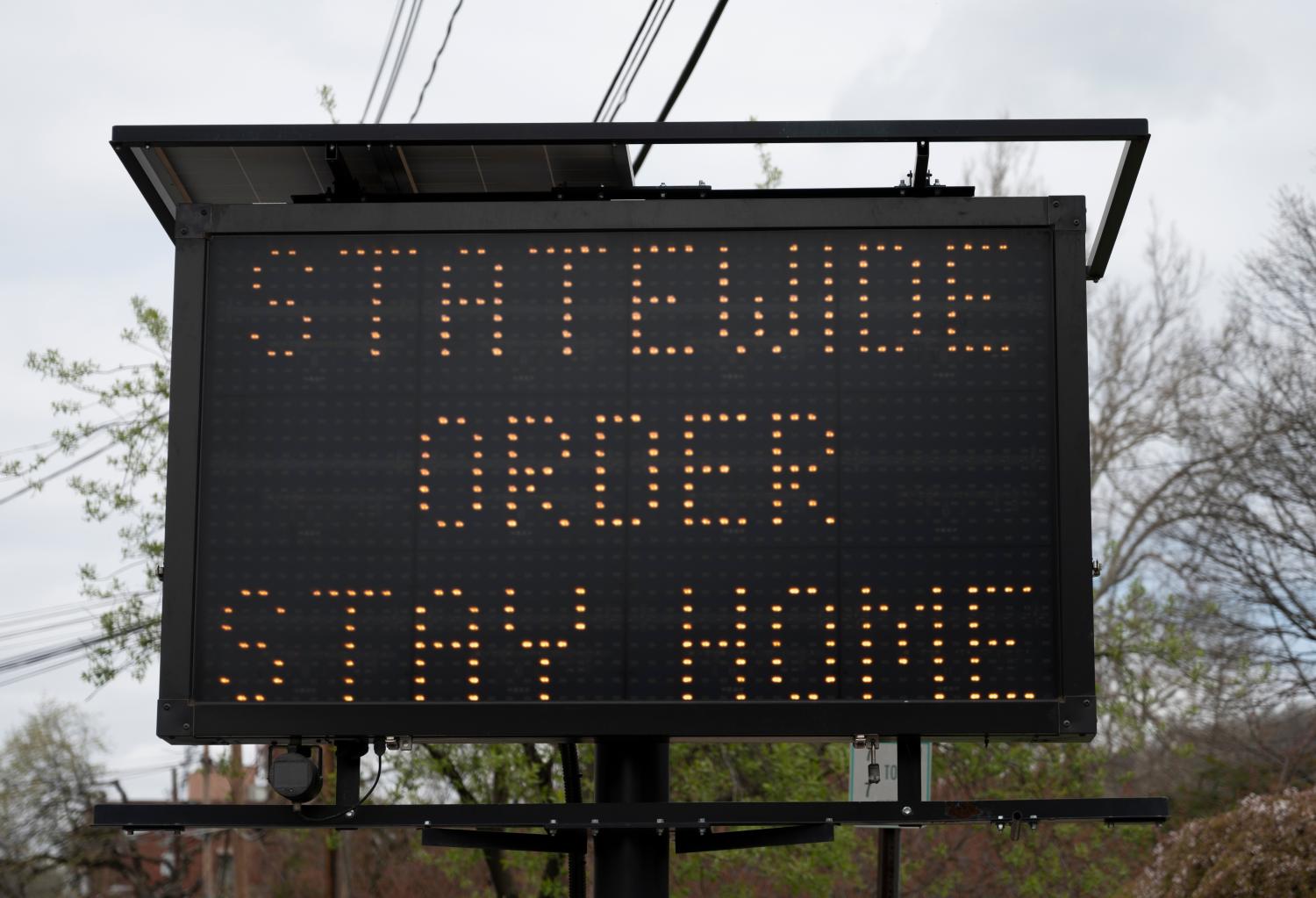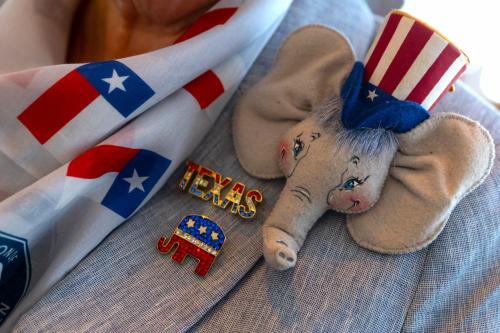This paper is part of the fall 2020 edition of the Brookings Papers on Economic Activity, the leading conference series and journal in economics for timely, cutting-edge research about real-world policy issues. Research findings are presented in a clear and accessible style to maximize their impact on economic understanding and policymaking. The editors are Brookings Nonresident Senior Fellow and Northwestern University Professor of Economics Janice Eberly and Brookings Nonresident Senior Fellow and Harvard University Professor of Economics James Stock. Read summaries of all the papers from the journal here.
Orders encouraging people to leave their homes for only their most essential needs during the early months of the COVID-19 pandemic reduced deaths at a lower economic cost than mandatory business shutdowns, suggests a paper discussed at the Brookings Papers on Economic Activity (BPEA) conference on September 24.
The paper’s authors—Alex Arnon, John Ricco, and Kent Smetters of the University of Pennsylvania—created an integrated framework that evaluated the health and economic effects of “non-pharmaceutical interventions” by state and local governments at the county level. They focused on three major interventions—stay-at-home orders, nonessential business closures, and school closures.
They used different types of cell phone data to estimate the effect of interventions on people’s contacts with people they did not live with. They then looked at COVID-19 deaths and estimated changes in employment at the county level, relying a range of nontraditional data, including from mobile devices, web searches, and business payrolls.
Interventions “that target individual behavior (such as stay-at-home orders) were more effective at reducing [virus] transmission at lower economic cost than those that target businesses (shutdowns),” the authors conclude in Epidemiological and economic effects of lockdown. School closures fell between stay-at-home orders and business closures in terms of the tradeoff between job losses and social distancing gains, they write.
The authors also find that state and local government interventions explain only nine percent of the reduction in social contacts through the second week of April. Voluntary social distancing explains most of the reduction. But, importantly, they estimate that the modest additional reduction in social contacts achieved by government interventions prevented about 33,000 deaths through May 31 (U.S. virus deaths at that point totaled nearly 115,000).
“It appears policy played a role in changing people’s behavior,” Smetters said in an interview with Brookings. “People took it much more seriously because there was a policy.”
At the same time, the authors estimate that non-pharmaceutical interventions reduced employment by about three million, nearly 15 percent of the total decline from the start of the pandemic through the end of May.
The paper also suggests that jurisdictions that imposed stay-at-home orders swiftly, as the virus was first spreading, were better able to avoid harsher business shutdowns later.
“If you impose a stay-at-home order at the first sign of an occurrence … the tradeoff will probably be better than if you wait until things get worse and then … close everything all at once,” Arnon said.
One of the paper’s objectives, the authors write, is “to provide useful insights to policymakers managing the current and any future infectious disease outbreaks.” But, they caution, “no analysis … can answer the question of whether the economic costs of a particular intervention are worth it” without explicitly considering the value of the years of life saved and other potential health benefits gained. “We hope that our analysis serves as a key part of helping to make that determination.”
David Skidmore authored the summary language for this paper.
CITATION
Arnon, Alexander D., John Ricco, and Kent A. Smetters. 2020. “Epidemiological and Economic Effects of Lockdown.” Brookings Papers on Economic Activity, Fall, 61-108.
CONFLICT OF INTEREST DISCLOSURE
The authors did not receive financial support from any firm or person for this article or from any firm or person with a financial or political interest in this paper. They are currently not officers, directors, or board members of any organization with an interest in this paper.






